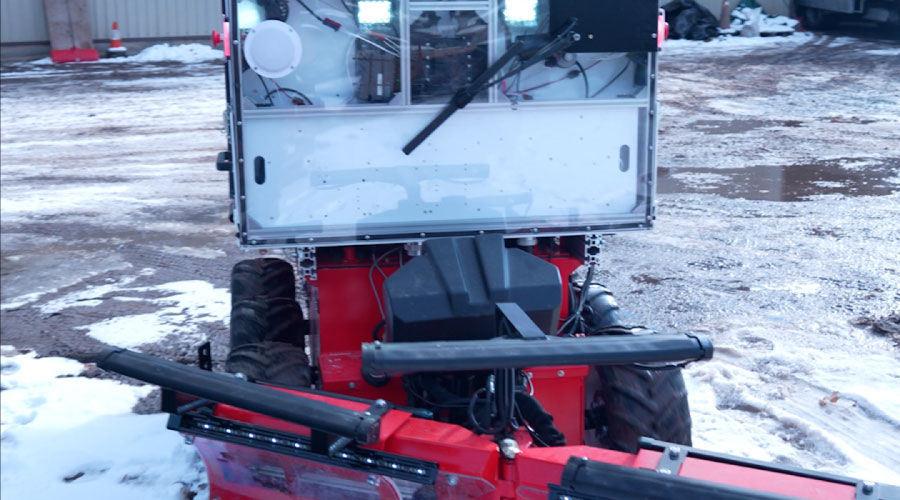Grounds Department Identifies Savings from Centralization
Starting with those two decisions in 2009, the department began work that would turn Beaumont Depot into an all-purpose storage operation supporting campus projects and operations.
"It used to be just a little hobby-type nursery that sat on about 20 acres of land," Dobbs says. "But now we've combined four different functions into one account, and we developed Beaumont into a place where we now stockpile topsoil, broken concrete, milled asphalt, stone of all different sizes — as well as landscape materials. We also have landscape supplies and tools out there, so they are now kept centralized for our staff to use."
The development's benefits go beyond enhanced efficiency, though. Because the department can charge campus entities for its services and materials, Beaumont Depot has become a money maker for the department.
"We found out that if we have too many plants that are not used for a landscape project, we're now able to sell those plants at our surplus store, and we get revenue for that as well," Dobbs says. "We've been able to develop Beaumont into this full-fledged nursery and landscape services operation, one that is quite a bit bigger than Menard's or Lowe's. It has gone from being a less-than-$100,000 operation into a more-than-$2 million business. It allowed us to hire some folks, as well as centralize everything in one location that campus customers come to."
Bottom-Line Considerations
The financial environment surrounding the Beaumont Depot project was not always so rosy.
"One of the challenges we had a few years ago is that the funding we had for Beaumont from general funds was cut out in its entirety," Dobbs says. "That gave us an incentive to get creative and look for ways to bring in revenue.
"That kind of forced the issue because when you're starving, you have to find ways to get food. People at that time, especially our front-line staff, were open to novel ideas. They were willing to try something new and out of the ordinary to bring in the revenue."
To enable the department to accurately bill for its services, workers monitored the amount of time and resources used to perform tasks, such as watering a tree the department had sold, planted and warrantied. Department officials then could factor those costs into determining the amount to charge other campus departments.
"We've gotten to the point that wherever a tree is purchased, we also offer a warranty with that, and we factor in the warranty cost so we're able to maintain that tree cost-effectively," he says. "We factor in the cost of labor and equipment rental to take care of the tree and guarantee its survival. That way, we can sock some of that money away to pay for future labor."
Related Topics:













